The enteric nervous system contains numerous different neuron populations which belong to three main groups, primary afferent neurons, interneurons and effector neurons. The most extensive knowledge on the different enteric neuron types is derived from studies in the guinea-pig. A significant obstacle for the transfer of this knowledge to putative equivalent enteric neurons of other species, including human, is species differences as to their morphological, chemical, physiological etc. phenotypes. Modern morphological classifications are based on the work of the Russian histologist Dogiel. Since the late 1970?s, refined morphological classifications of enteric neurons beyond Dogiel have been attempted mainly in two species, the guinea-pig and the pig. These reflect the immunohistochemical diversity of enteric neurons more precisely but are far from being complete. In this paper, we followed two aims. Firstly, we present an overview on the chemical coding of the morphological neuron types described by Stach in the pig intestine. In doing so, we have pointed out the difference between the definitions of type I neurons given by Dogiel and Stach. Secondly, we attempt to provide a basis for the morpho-chemical classification of human enteric neurons as revealed by their immunoreactivity for neurofilaments and several neuroactive substances or related markers.

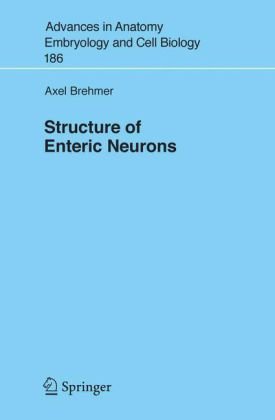
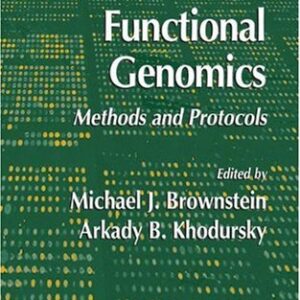
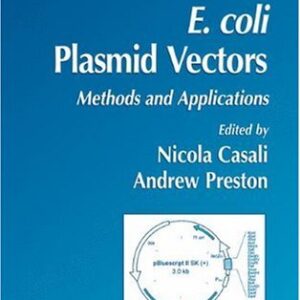
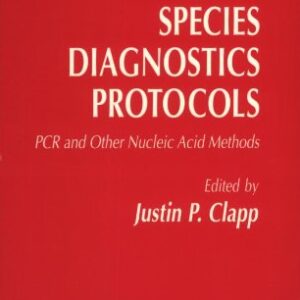
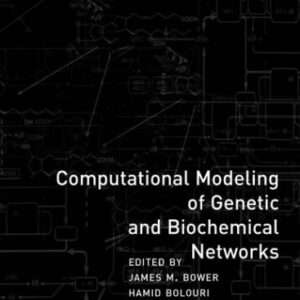
Reviews
There are no reviews yet.